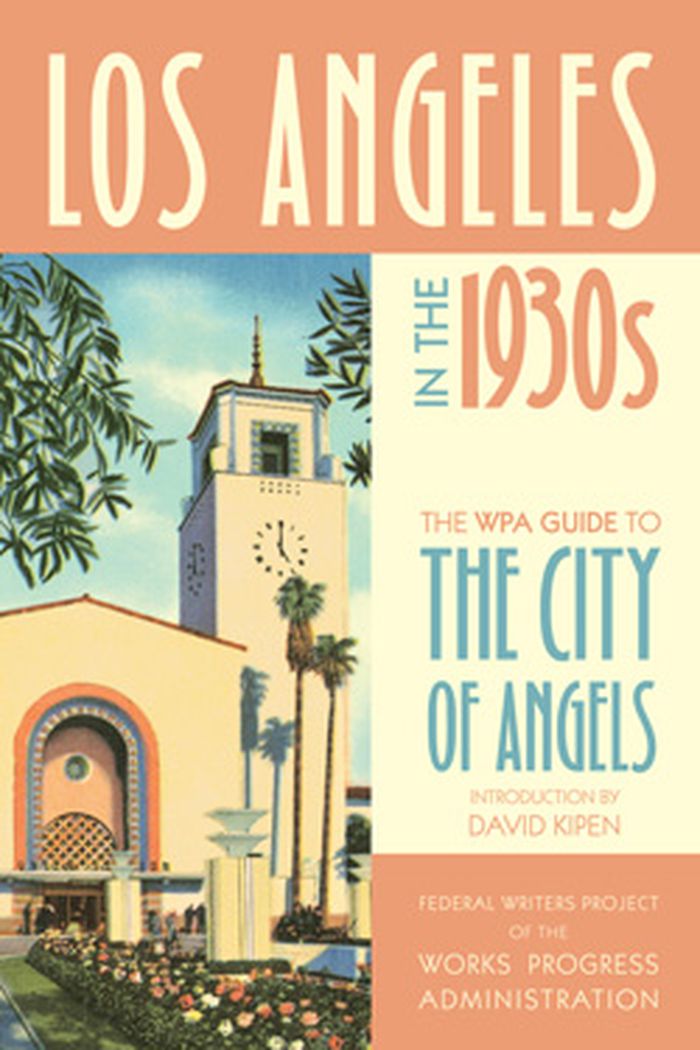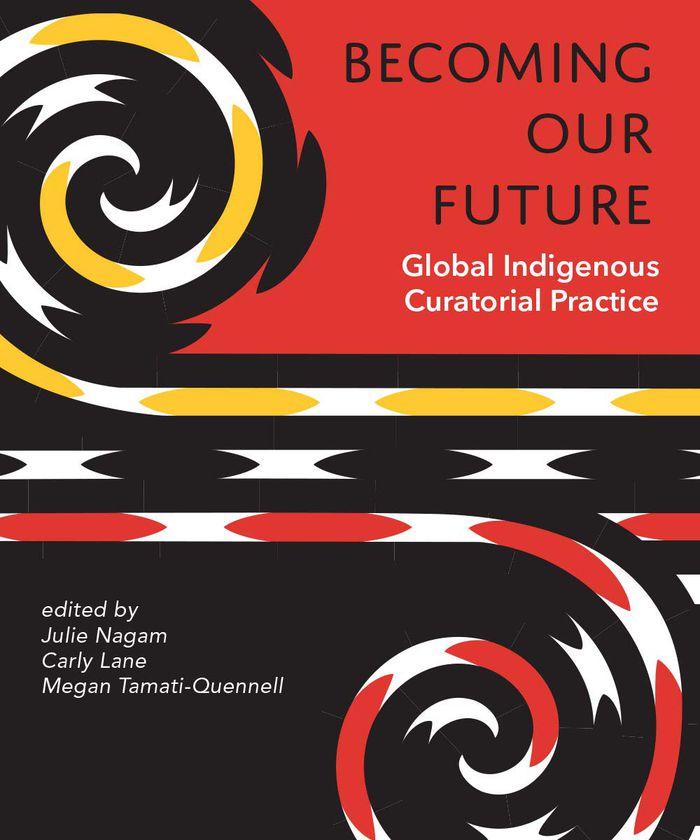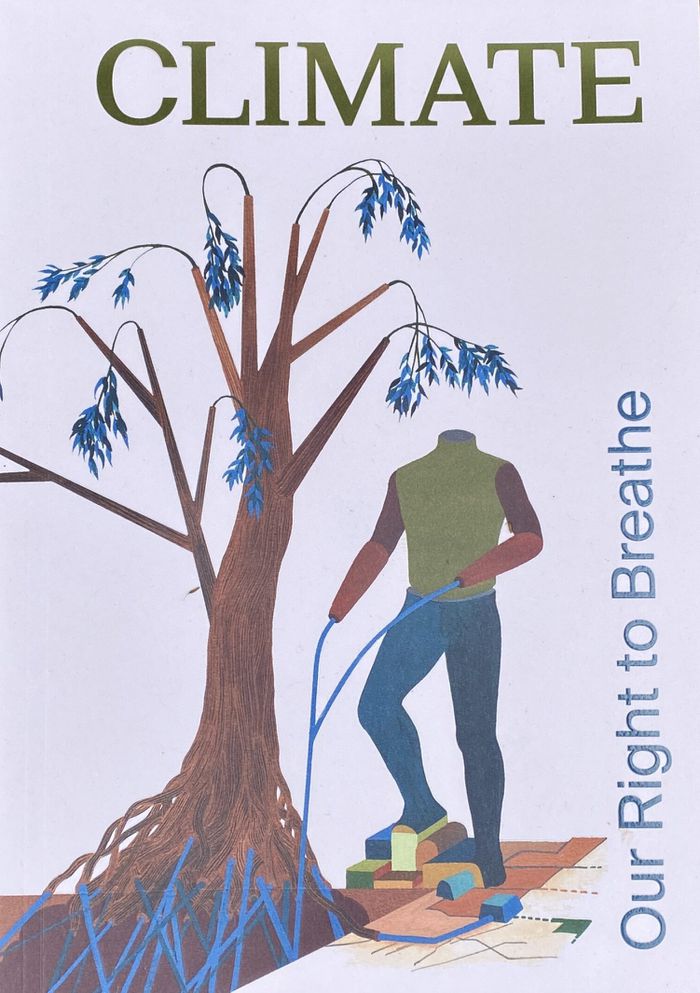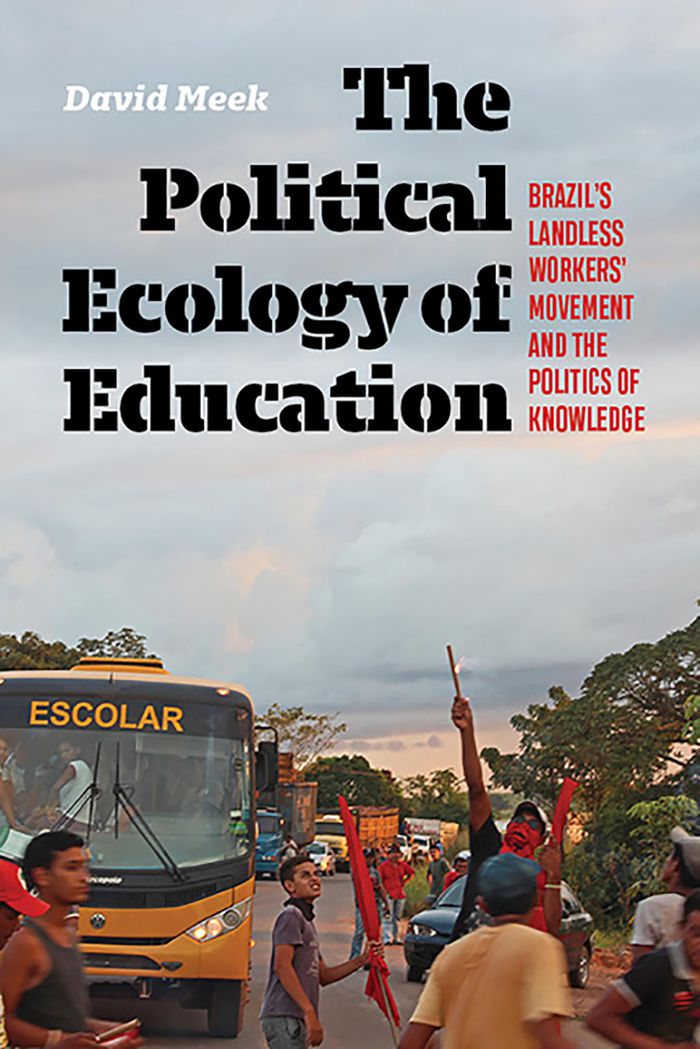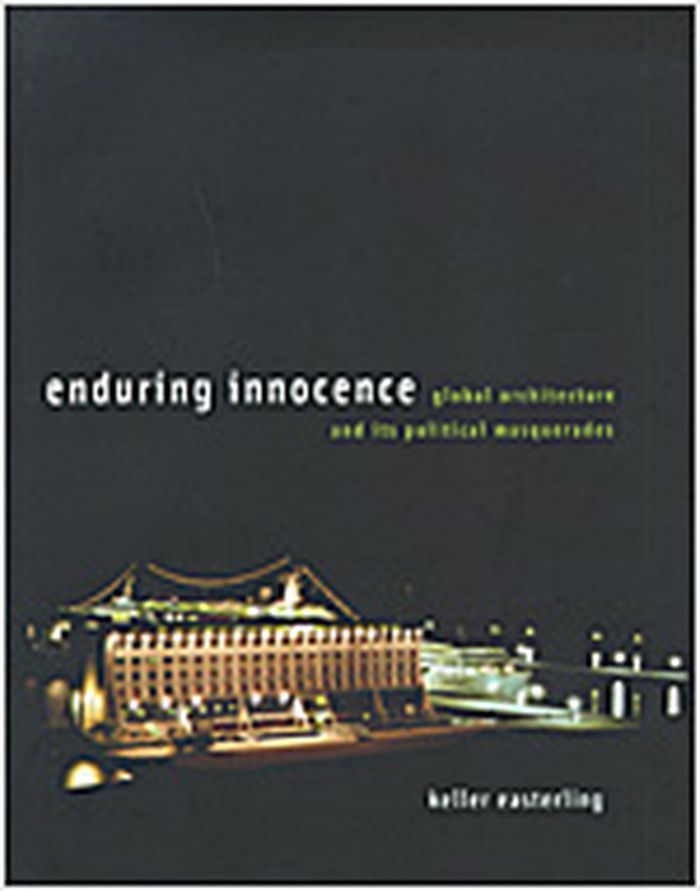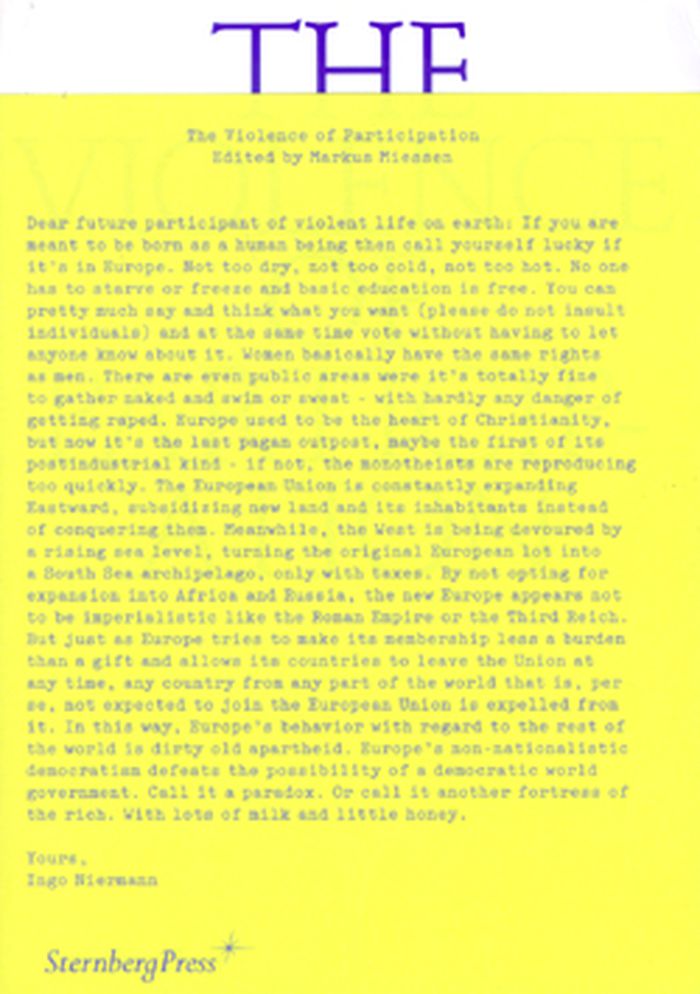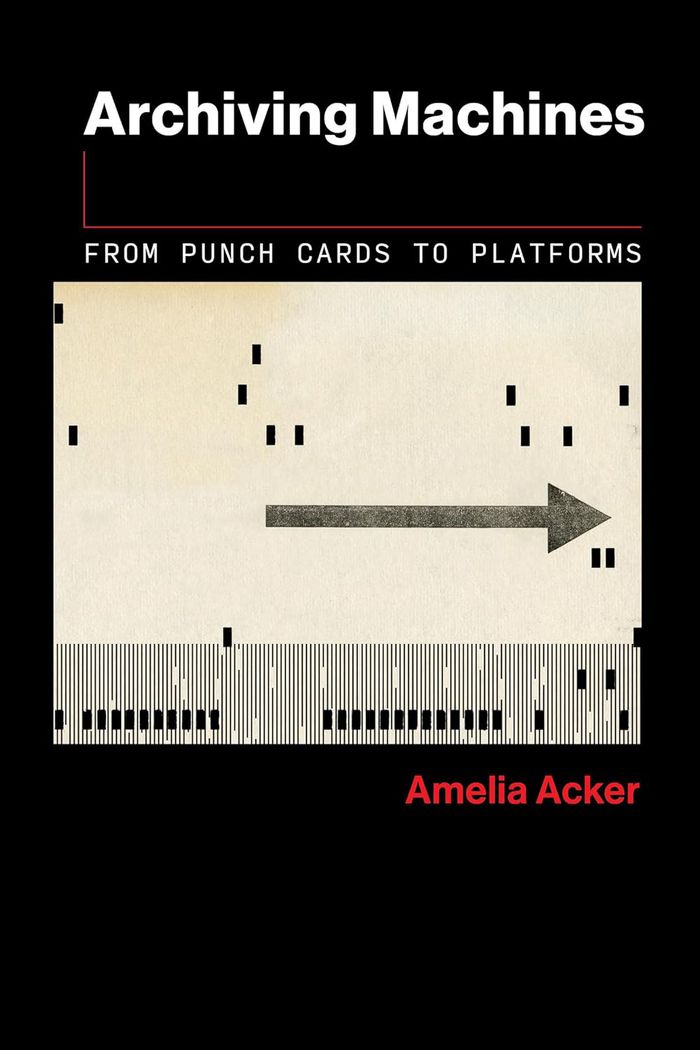Undoing the Demos
$25.50
(available to order)
Summary:
In Undoing the Demos, Wendy Brown explains how democracy itself is imperiled. The demos disintegrates into bits of human capital; concerns with justice bow to the mandates of growth rates, credit ratings, and investment climates; liberty submits to the imperative of human capital appreciation; equality dissolves into market competition; and popular sovereignty grows(...)
Undoing the Demos
Actions:
Price:
$25.50
(available to order)
Summary:
In Undoing the Demos, Wendy Brown explains how democracy itself is imperiled. The demos disintegrates into bits of human capital; concerns with justice bow to the mandates of growth rates, credit ratings, and investment climates; liberty submits to the imperative of human capital appreciation; equality dissolves into market competition; and popular sovereignty grows incoherent. Liberal democratic practices may not survive these transformations. Radical democratic dreams may not either.
Critical Theory
$27.00
(available to order)
Summary:
Los Angeles in the 1930s returns to print an invaluable document of Depression-era Los Angeles, illuminating a pivotal moment in L.A.’s history, when writers like Raymond Chandler, Nathanael West, and F. Scott Fitzgerald were creating the images and associations—and the mystique—for which the City of Angels is still known. Los Angeles in the 1930s revisits the Spanish(...)
Los Angeles in the 1930s: The WPA guide to the city of angels
Actions:
Price:
$27.00
(available to order)
Summary:
Los Angeles in the 1930s returns to print an invaluable document of Depression-era Los Angeles, illuminating a pivotal moment in L.A.’s history, when writers like Raymond Chandler, Nathanael West, and F. Scott Fitzgerald were creating the images and associations—and the mystique—for which the City of Angels is still known. Los Angeles in the 1930s revisits the Spanish colonial period, the Mexican period, the brief California Republic, and finally American sovereignty.
Architecture since 1900, Europe
$40.00
(available to order)
Summary:
This volume explores how Indigenous visual art and culture operate within and from a structural framework that is unique within the cultural milieu. Through a selection of contributions by Indigenous curators, artists, and scholars brings together perspectives that define curatorial practices, and at the same time postulates Indigenous sovereignty and self-determination(...)
May 2020
Becoming our future: Global indigenous curatorial practice
Actions:
Price:
$40.00
(available to order)
Summary:
This volume explores how Indigenous visual art and culture operate within and from a structural framework that is unique within the cultural milieu. Through a selection of contributions by Indigenous curators, artists, and scholars brings together perspectives that define curatorial practices, and at the same time postulates Indigenous sovereignty and self-determination within the three countries. These compelling essays begin to unearth the connections and historical moments that draw Indigenous curatorial practices together and the differences that set them apart.
$62.95
(available to order)
Summary:
An anthology of essays and artistic contributions from more than 25 voices with diverse practices and backgrounds, this book is a response to climate change and the toxic politics of today. They highlight the urgent need for collective strategies and solidarity to protect the vulnerable and marginalised communities forced to endure the worst effects of climate crises(...)
Environment and environmental theory
October 2022
Climate: Our right to breathe
Actions:
Price:
$62.95
(available to order)
Summary:
An anthology of essays and artistic contributions from more than 25 voices with diverse practices and backgrounds, this book is a response to climate change and the toxic politics of today. They highlight the urgent need for collective strategies and solidarity to protect the vulnerable and marginalised communities forced to endure the worst effects of climate crises because of racialised capitalism. Opening with an introduction from the editors and ‘The Universal Right to Breathe’ by Achille Mbembe, the rest of the book is divided into four sections: ‘Commodification, Energy & Extraction,’ ‘Land & Food Sovereignty,’ ‘Toxicity & Healing,’ and ‘Shelters.’
Environment and environmental theory
$49.95
(available in store)
Summary:
''The political ecology of education'' examines the opportunities for and constraints on advancing food sovereignty in the 17 de Abril settlement, a community born out of a massacre of landless Brazilian workers in 1996. Based on immersive fieldwork over the course of seven years, David Meek makes the provocative argument that critical forms of food systems education are(...)
The political ecology of education: Brazil's Landless Worker's Movement and the politics of knowledge
Actions:
Price:
$49.95
(available in store)
Summary:
''The political ecology of education'' examines the opportunities for and constraints on advancing food sovereignty in the 17 de Abril settlement, a community born out of a massacre of landless Brazilian workers in 1996. Based on immersive fieldwork over the course of seven years, David Meek makes the provocative argument that critical forms of food systems education are integral to agrarian social movements’ survival. While the need for critical approaches is especially immediate in the Amazon, Meek’s study speaks to the burgeoning attention to food systems education at various educational levels worldwide, from primary to postgraduate programs. His book calls us to rethink the politics of the possible within these pedagogies.
Social
$31.50
(available to order)
Summary:
In "Enduring innocence", Keller Easterling tells the stories of outlaw "spatial products"- resorts, information technology campuses, retail chains, golf courses, ports, and other hybrid spaces that exist outside normal constituencies and jurisdictions-in difficult political situations around the world. These spaces-familiar commercial formulas of retail, business, and(...)
Architectural Theory
January 1900, Cambridge, London
Enduring innocence : global architecture and its political masquerades
Actions:
Price:
$31.50
(available to order)
Summary:
In "Enduring innocence", Keller Easterling tells the stories of outlaw "spatial products"- resorts, information technology campuses, retail chains, golf courses, ports, and other hybrid spaces that exist outside normal constituencies and jurisdictions-in difficult political situations around the world. These spaces-familiar commercial formulas of retail, business, and trade-aspire to be worlds unto themselves, self-reflexive and innocent of politics. But as Easterling shows, in reality these enclaves can become political pawns and objects of contention. Jurisdictionally ambiguous, they are imbued with myths, desires, and symbolic capital. Their hilarious and dangerous masquerades often mix quite easily with the cunning of political platforms. Easterling argues that the study of such "real estate cocktails" provides vivid evidence of the market's weakness, resilience, or violence. "Enduring innocence" collects six stories of spatial products and their political predicaments: cruise ship tourism in North Korea; high-tech agricultural formations in Spain (which have reignited labor wars and piracy in the Mediterranean); hyperbolic forms of sovereignty in commercial and spiritual organizations shared by gurus and golf celebrities; automated global ports; microwave urbanism in South Asian IT enclaves; and a global industry of building demolition that suggests urban warfare. These regimes of nonnational sovereignty, writes Easterling, "move around the world like weather fronts"; she focuses not on their blending- their global connectivity-but on their segregation and the cultural collisions that ensue. "Enduring innocence" resists the dream of one globally legible world found in many architectural discourses on globalization. Instead, Easterling's consideration of these segregated worlds provides new tools for practitioners sensitive to the political composition of urban landscapes.
Architectural Theory
$42.95
(available to order)
Summary:
Is Europe a place, a space, or a temporary community of shared interests? As a political space, Europe is as conflictual as its debated constitution. It is a construct that must be continuously negotiated, and its longing for an architecture of strategic encounters parallels an increasing economical power of the private sector, while the sovereignty of European nation(...)
The violence of participation
Actions:
Price:
$42.95
(available to order)
Summary:
Is Europe a place, a space, or a temporary community of shared interests? As a political space, Europe is as conflictual as its debated constitution. It is a construct that must be continuously negotiated, and its longing for an architecture of strategic encounters parallels an increasing economical power of the private sector, while the sovereignty of European nation states attenuate. This book, edited by London-based architect and author Markus Miessen, marks an extension of the discursive space he has produced as contribution to the 2007 Lyon Biennial. He has pulled together a heterogeneous group of interlocutors to lead conversations on alternative notions of participation, the inconsistence between democratic concepts, and what it means to live in Europe today.
Architectural Theory
$54.00
(available to order)
Summary:
"Archiving machines" advances our understanding of memory, information, and data by charting the struggle between the computing technologies that archive data and the cultures of information that have led to platforms that assert control over its use. Amelia Acker examines the origins of data archives and the computing processes of storage, exchange, and transmission.(...)
Archiving machines: From punch cards to platforms
Actions:
Price:
$54.00
(available to order)
Summary:
"Archiving machines" advances our understanding of memory, information, and data by charting the struggle between the computing technologies that archive data and the cultures of information that have led to platforms that assert control over its use. Amelia Acker examines the origins of data archives and the computing processes of storage, exchange, and transmission. Each chapter introduces data archiving processes that relate to the evolution of data sovereignty we experience today: from magnetic tape and timesharing computer models from the 1950s, to the establishment of data banks and the rise of database processing and managed data silos in the 1970s, to file structures and virtual containers in cloud-based information services over the past 40 years.
Archive, library and the digital
books
Description:
x, 157 pages : illustrations (some color), portraits ; 23cm.
Halifax [Nova Scotia] : Fernwood Publishing, 2018., ©2018
On this patch of grass : city parks on occupied land / Daisy Couture, Sadie Couture, Selena Couture and Matt Hern ; with Denise Ferreira da Silva, Glen Coulthard, Erick Villagomez.
Actions:
Holdings:
Description:
x, 157 pages : illustrations (some color), portraits ; 23cm.
books
Halifax [Nova Scotia] : Fernwood Publishing, 2018., ©2018
African cinema and urbanism
$35.95
(available in store)
Summary:
The changing nature of African landscapes, from rural to urbanized spaces, has been a pre-occupation of African media producers since the beginnings of the African film industry in the 1960s. The authors bring together several examples of African documentary and fiction screen media that present, evaluate and criticize urban and rural landscapes, and the rural and urban(...)
African cinema and urbanism
Actions:
Price:
$35.95
(available in store)
Summary:
The changing nature of African landscapes, from rural to urbanized spaces, has been a pre-occupation of African media producers since the beginnings of the African film industry in the 1960s. The authors bring together several examples of African documentary and fiction screen media that present, evaluate and criticize urban and rural landscapes, and the rural and urban dynamic of development, in relation to contemporary issues, from biodiversity, sustainability and deforestation, to inequity, women’s rights, political instability, to climate change-related themes of water and food supply, security and sovereignty. These works, comprising multi-platform cinema, streamed moving images and especially documentaries, depict the situations and open the door to rethinking and eventually to the possibilities of proposals responding to the situations portrayed.
Architecture and Film, Set Design

